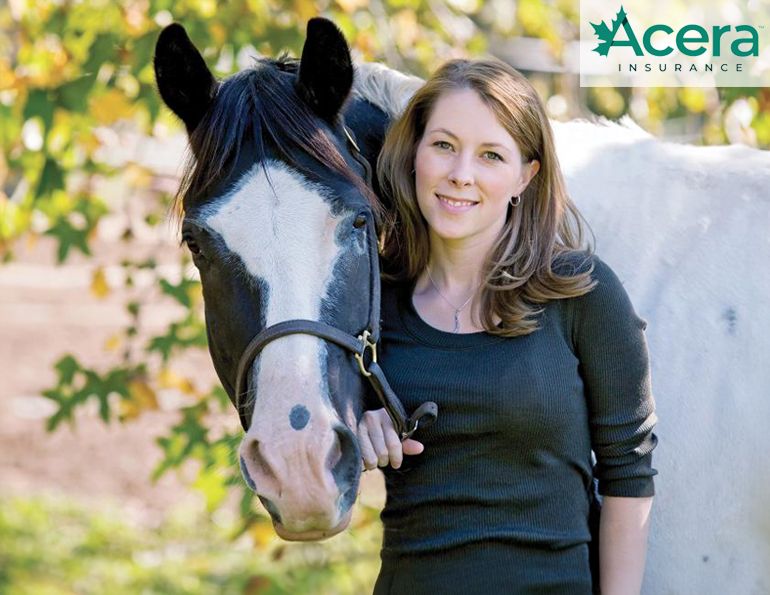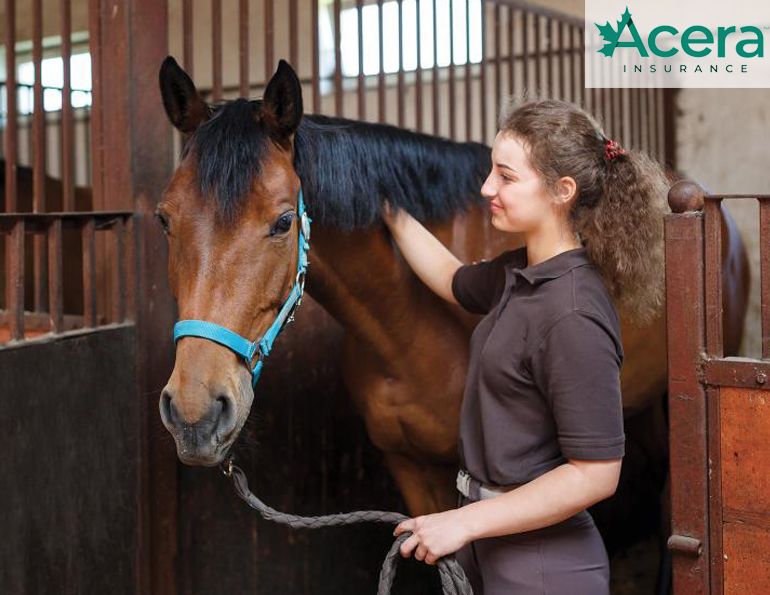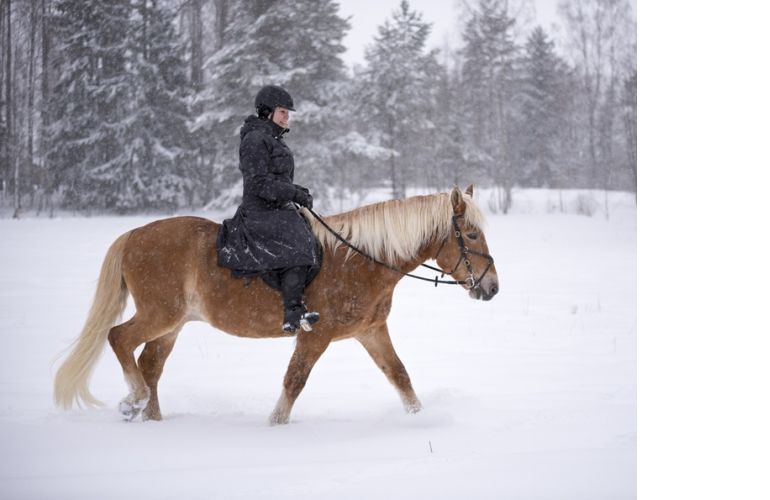Sponsored
Source: Acera Insurance
Lingering effects of COVID-19
Much of Canada’s horse community is still suffering financially, mentally, and emotionally from the effects of the COVID-19 pandemic. But the horse industry is expected to continue recovering during 2023.
Physical distancing requirements during COVID-19 meant many activities went online, including horse sales for the first time. Auctions and sales, which had historically been limited to locals, were suddenly accessible to buyers across North America and beyond. That and other factors pushed horse prices up during the pandemic. In 2023, horse prices may be lower than those pandemic highs.
The Canadian Warmblood Horse Breeders Association (CWHBA) fall 2022 auction prices reflected this change. They were lower than prices at the three previous CWHBA auctions. Additionally, almost 50 percent of the horses entered in an auction held at the 2022 Canadian Finals Rodeo in Red Deer, Alberta didn’t sell, as bids didn’t meet reserve prices.
Interestingly, one-horse recreational buyers with budgets less than $10,000 reported a greater prevalence of horses for sale which had been purchased by sellers within the previous 12 months. This may reflect impulse buying during hot pandemic markets or the challenges of buying horses online where there’s no opportunity to try before you buy.
Meanwhile, the cost of horse ownership likely won’t decline in 2023. As supply chains stalled during COVID-19 and demand for equestrian-related products continued or increased, the price of tack and equipment went up. The cost of horse trailers and vehicles to pull them increased — even in the used markets — while availability declined. Although used vehicle prices have dropped almost 10 percent, prices of other equine-related goods remain at pandemic levels. Inflation of six to eight percent suggests higher prices are probably here to stay.
Meanwhile, after two years of limited competitions many horse shows — and enthusiastic competitors — returned to the show scene in 2022. There were almost four times the number of Equestrian Canada (EC) competitions in 2022 compared to 2021. Although not all competitions survived; others pivoted. After a two year in-person hiatus, The Royal Agricultural Winter Fair in Toronto, Ontario, was held live in 2022 but also offered online streaming — a holdover from the pandemic.
EC sport licences increased 47 percent in 2022 over 2020 levels as trainers and coaches keenly supported their clients’ return to competitions.
“We were encouraged by the equestrian community’s desire to return to pre-pandemic levels of competitive riding,” says Melanie McLearon of Equestrian Canada.
However, in some cases, over-enthusiasm was detrimental to horse health and welfare.
“There was a marked increase in medical claims under our EquiCare Insurance Program in 2022,” says Mike King, National practice leader and partner at Acera Insurance.
“Soft tissue injuries, strains, and ulcers all increased in competition horses as owners and trainers rushed to get back to pre-pandemic competition intensity. Many of these issues were preventable; hence, owners and riders would be wise to temper their ambitions to ensure the long-term health and soundness of their horses.”
Recreational riding surged in 2022 as riders continued riding outdoors — another pandemic holdover. Congestion at trailhead parking lots and along multi-use trails led to occasional conflicts as greater numbers of recreationalists converged. Alberta Equestrian Federation membership increased slightly in 2022 and the organization collaborated with non-horse user groups about how to safely share the trails. This year will likely be similar.
The horse racing world also saw changes. A contraction in horse breeding and a narrowing racehorse owner pool during the last few years has led to fewer horses in each race and shorter race cards. However, increased cost of ownership and lower horse supply is reportedly resulting in better care.
Yet, getting routine and emergency medical care for horses is becoming increasingly difficult. More pets were purchased during the pandemic, hence Canada’s already stretched veterinarians are under even greater pressure to service industry, performance, hobby farm, and family pets of all species. In some rural areas, wait times for routine veterinary care are over one month.
What’s expected in Canada’s horse industry this year? Horse prices will likely decline while tack, equipment, trailers, and vehicles remain pricey. Riders will continue seeking activities they were unable to participate in during the pandemic. More horse events tailored to specific segments of the industry will likely occur while recreational riding will remain popular. Horses returning to previous competition levels will require extra time to gain sufficient fitness and their needs may challenge available service providers.
“If high numbers of equine injury claims continue, insurance policy prices, exclusions, and limitations will eventually increase, too,” says King. “So be realistic in your expectations of your horses, work with qualified trainers and veterinarians, and pay close attention to the little things before they become serious.”




























